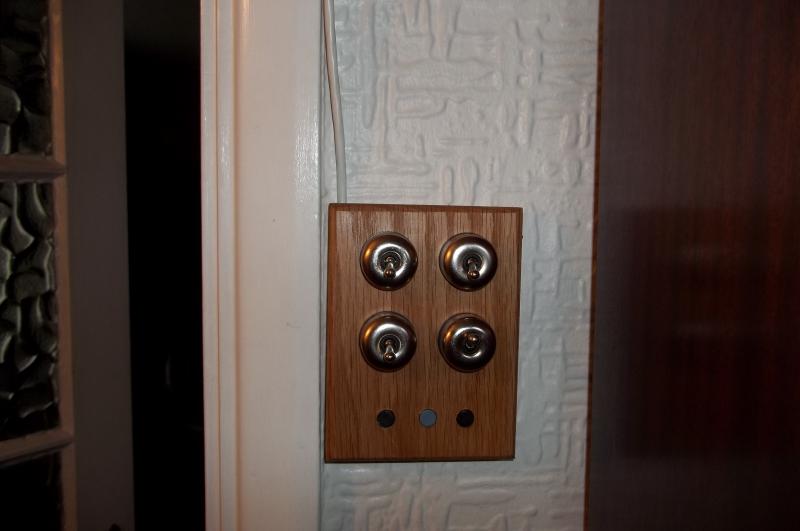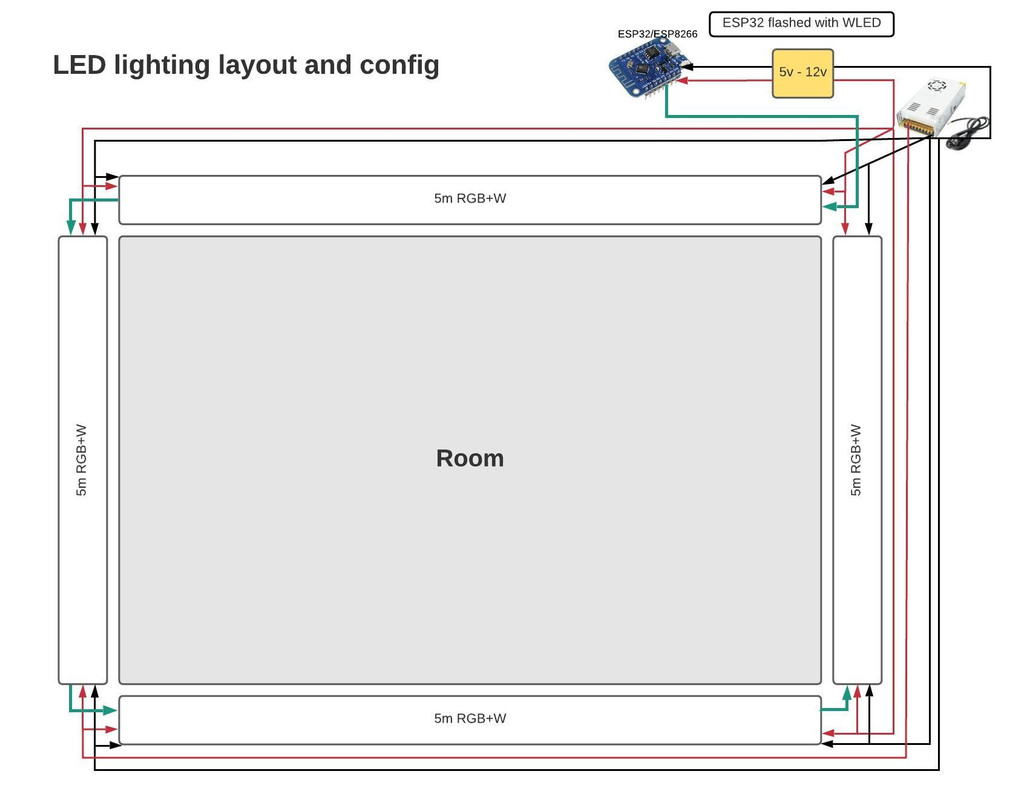Your sketch revised.
A junction box shown in red, all the wire joints are in there.
The 2 cables between the junction box ad the switch must be as close together as possible throughout their route to reduce interference to a minimum, as indicated by the yellow ovals.
The earth wires from all 6 cables will also need to be joined together in the junction box too.

However by far the following is the better way of doing the job if you can get the cables into the box and switch, this is just the same as EFL's version but redrawn showing the cables

It gives the least interference risk and no joins. [May need a connecter for the neutral if not possible to get 4 wires in the switches neutral terminal]
A junction box shown in red, all the wire joints are in there.
The 2 cables between the junction box ad the switch must be as close together as possible throughout their route to reduce interference to a minimum, as indicated by the yellow ovals.
The earth wires from all 6 cables will also need to be joined together in the junction box too.
However by far the following is the better way of doing the job if you can get the cables into the box and switch, this is just the same as EFL's version but redrawn showing the cables
It gives the least interference risk and no joins. [May need a connecter for the neutral if not possible to get 4 wires in the switches neutral terminal]




